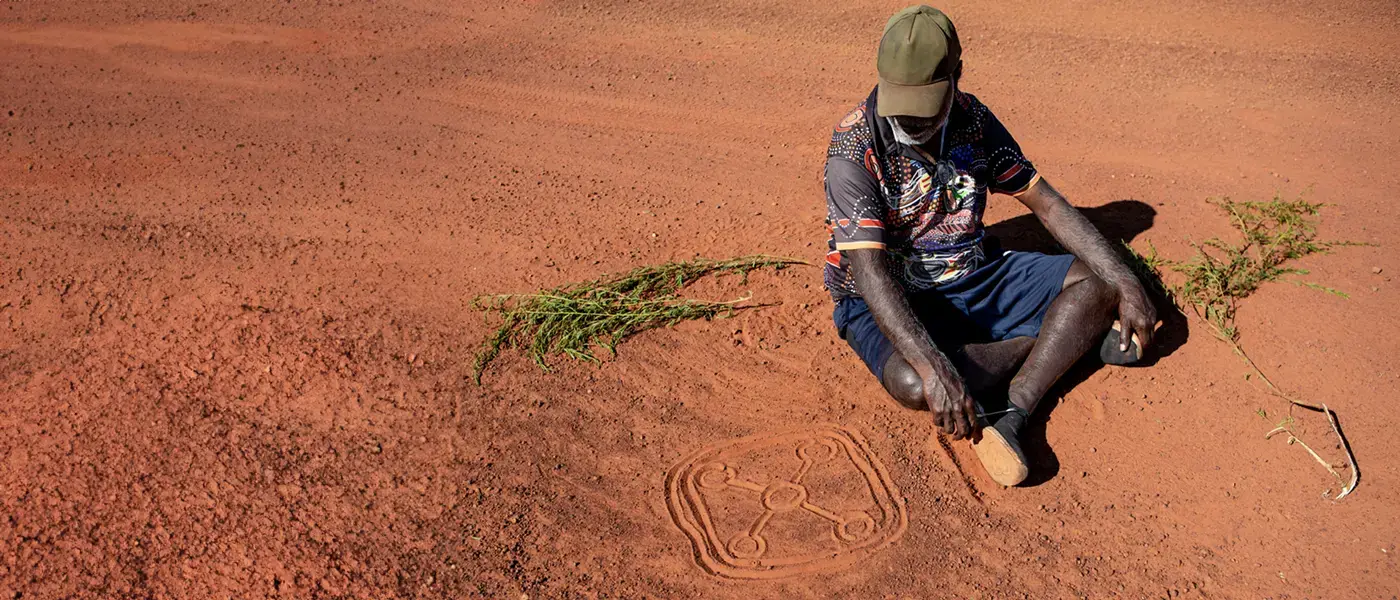What is the activity and why do it?
To meaningfully engage with someone else’s culture, we first have to understand our own. The Culture and Identity Activity is an online experience that helps you unpack and reflect on what shapes you, and start to understand what it feels like to lose aspects of your culture.
Based on Ngurra-kurlu, a Warlpiri framework participants will;
- Explore 5 common and interconnected elements that form culture and identity
- Understand and appreciate the significance culture has in all our lives
- Build empathy for the experiences of many First Nations people impacted by disconnection and loss of culture
Are you ready? Let's go!

Start your Culture and Identity journey
Cultural knowledge contained in this activity is overseen by the Five Stones Leadership Elders Group. This activity has been created in partnership with Warlpiri Elder, Steven Wanta Jampijinpa.
Do the activity


Uncover your culture and identity
Join us on an interactive digital journey to uncover your culture, explore how it shapes the way you relate to the world, and find out how this understanding can make a difference in our nation.
To get started
Please note: The activity is not currently supported on mobile devices. We'll send you a reminder link to access the activity via a desktop or tablet device for the best experience.
Other ways to access the activity
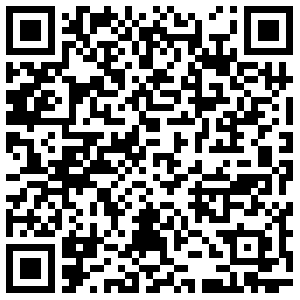
from tablet device
and share
Ngurra-kurlu
Steven Wanta Jampijinpa is a Warlpiri Elder from the Tanami region. The way Wanta sees it, his culture is made up of five things – language, kinship, land, law and ceremony. When these things are strong, Wanta experiences Ngurra-kurlu, being ‘at home within’.
Chances are your culture differs from Warlpiri culture, and yet Wanta’s framework can help us see the similarities and importance of both Indigenous and non-Indigenous culture and identity. The more we connect with this, the greater our respect is for one another’s cultures and the greater understanding of the effect on many Aboriginal peoples and communities when aspects of their culture was taken away.
A common reaction after this activity is, What do I do next? Often, people want to go deeper in their journey of learning more. A great place to start is the Australians Together website. You’ll find stories, articles and resources to help build on the insights gained throughout this activity.
-
What's culture?
Essentially, culture refers to a people’s way of life - their ideas, values, customs and social behaviour.
Culture includes things like the way we do weddings and funerals, the food we like to eat, the way we dress and the music we like. Culture is passed down from generation to generation, and while cultural practices and beliefs change and evolve, many of the basic aspects remain the same.
So even though we may dress differently from our grandparents and hold different religious or political beliefs, it’s likely there are elements of the way you live that can be traced back to them. These cultural elements have a strong influence on who we are, how we think about the world and how we operate in society.
-
Difference and similarity
Although there’s diversity amongst Indigenous and non-Indigenous cultures, land, family, law, ceremony and language actually play a crucial role in shaping all our lives, regardless of our culture or heritage. Identifying what this looks like in our own life can help us develop empathy with others.
For example, consider how your life is shaped by the language you speak, your own family traditions, the area where you live and how you approach significant life events such as weddings and funerals. As we grow in empathy and understanding, we begin to relate better to one another.
-
How will empathy and understanding make a difference?
To truly relate to another person, it’s useful to understand a bit about their culture. This means that for Indigenous and non-Indigenous Australians to come together for a better future, it’s important for all Australians to learn about Indigenous culture, as well as becoming more aware of our own.
Learning about Indigenous culture and valuing and celebrating it in our mainstream society is one way we can begin to address the challenges we see today. As we learn about Indigenous culture, we can begin to relate to each other better, recognise the cultural history of this land and value the ongoing, rich cultural legacy of this place we call home.
As a nation, our identity and character can be strengthened by a respectful appreciation of the various expressions of Indigenous culture. As we celebrate, value and take pride in Indigenous culture, we’ll be supporting and strengthening Indigenous peoples’ sense of value in the process.
Genuinely seeking to understand Indigenous culture can help dispel stereotypes and myths about Indigenous people that result from a misunderstanding which serves to perpetuate disadvantage and discrimination.
As individuals, there's much we can learn from Indigenous culture. If we open ourselves to humbly learning about a different worldview, we can grow in our understanding of ourselves and be enriched by another way of thinking about the world.
Next steps?
A common reaction after this activity is, What do I do next? Often, people want to go deeper in their journey of learning more. A great place to start is our Australian Together Learning Framework. You’ll find stories, articles and resources to help build on the insights gained throughout the activity.
Or, if you'd like to bring this activity into your school or workplace, talk to one of our partnership managers, and they'll help you out.
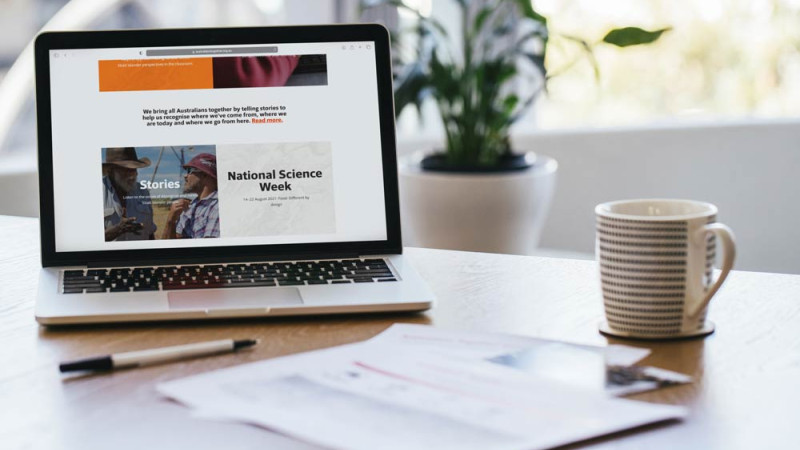
How will Australians Together continue to help me?
Change takes time and we’re here to provide the support you need over the long term. We’re constantly building new resources and we love to hear from educators like you. Feel free to reach out at any point and we can see how we can help. Together we can build a brighter future and a more united Australia for everyone.

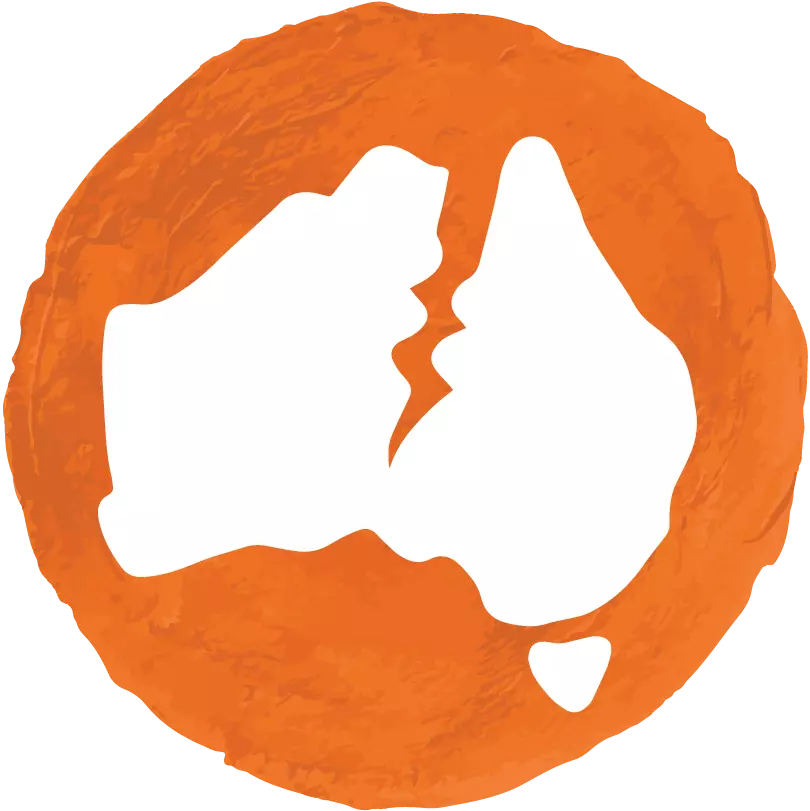 The Wound
The Wound
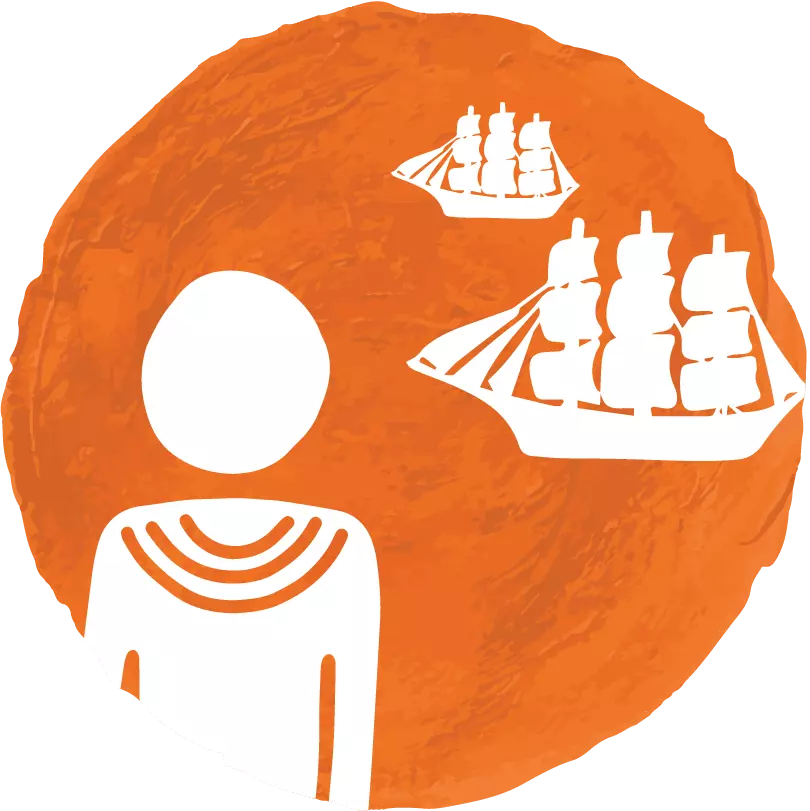 Our History
Our History
 Why Me?
Why Me?
 Our Cultures
Our Cultures
 My Response
My Response

